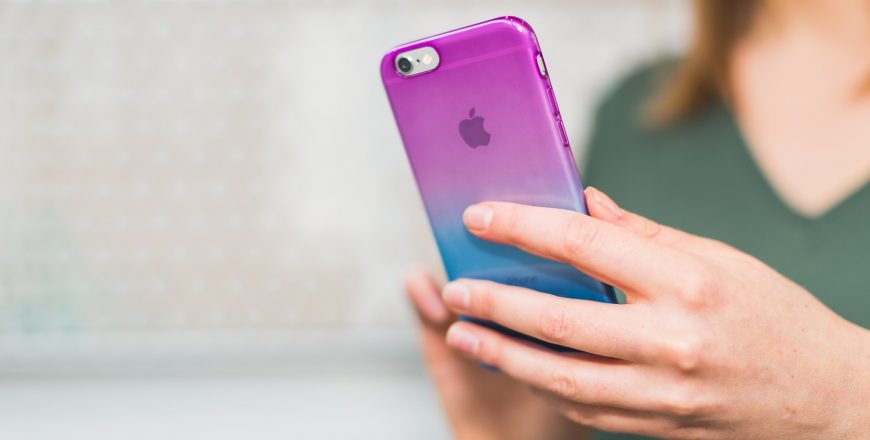
The Shifting Focus of Mobile Innovations
Over the last several years, a handful of powerful innovations have taken place in the world of mobile connectivity and device design. Smartphones have gotten smaller and more powerful, and the future holds many opportunities for new technologies like artificial intelligence and machine learning to make an appearance in the mobile experience. While the individual user experience with mobile devices has been the focus on these innovations in years past, researchers are shifting their focus to more far-reaching changes. A move from wireless charging to powering up over WiFi is one of these shifts, promising more than a simple change in how we use devices today.
The technology behind wireless charging has been in place for some time, even though the use of it was limited to certain applications under specific circumstances. Now, though, mobile phone manufacturers have added wireless charging as a standard feature of new devices, touting a way to avoid the cables and cords traditionally necessary to bring a mobile phone battery back to life. While helpful from a convenience standpoint, wireless charging isn’t the end game for mobile device companies or their customers. The ability to charge without being in close proximity to a charging station or by plugging in is the next wave of innovation, through WiFi.
How WiFi Charging Works in Practise
Researchers from MIT have shown that the ability to charge a mobile device over WiFi has serious potential. In a recent study, they found that by utilising a fully flexible device that converts energy from WiFi signals to electricity, devices could be charged without being directly connected or close to the power source.
This technology is made possible with the help of a rectifying antenna, or rectenna, alongside a device made from semiconductor material that helps convert energy. With this new revelation from researchers, it is clear that WiFi charging for mobile devices is a possibility, albeit in the distant future.
Carriers Setting the Stage
Over the last two years, mobile carriers have lent a hand in making WiFi charging a faster reality than most initially thought, without recognising their contribution. A technology specialist from Money Pug, a UK website used to compare mobile phone contracts, explains that the build out of 5G cellular networks has laid some of the necessary groundwork for enabling WiFi charging for millions of mobile users. This is because with 5G networks, additional cellular hardware and signal density is required to make the technology work as intended.
Enabling 5G in areas around the world has led to additional infrastructure, including stations every 100 to 200 meters – the same infrastructure needed to allow rectennas to convert energy from WiFi signals to the power used to charge devices. As more mobile carriers expand cellular networks to include 5G capabilities, the potential for WiFi charging becomes a close reality for the masses. You can even use 5G capabilities on a PBX phone system so your entire company can be remotely connected on high speed internet. There are plenty of occasions when it would be good to connect with your office workers while working from home.
Opportunities Outside Mobile Use
In addition to an enhanced experience among mobile users, WiFi charging has the potential to increase the power of other devices that need constant power. In healthcare, for instance, wearable devices that allow medical professionals to monitor patient outcomes can be charged more easily. This could create an environment where healthcare improves on a large scale, and patients have the ability to have an increased quality of life because of it.
Similarly, connected devices that fall into the IoT category, such as sensors for home or commercial security devices, may have better performance outcomes when WiFi charging is a reality. This leads to even more far-reaching implications for both consumers and businesses, including greater efficiencies, lower costs, and an overall better experience with countless technologies already in place.
The advancements in the internet made it easier for folks to work from anywhere without a decline in productivity. For instance, a telemedicine physician might diagnose and treat the patients over the calls. Likewise, hiring a virtual assistant for medical practice can improve patient experience. These services can even be performed over the mobile apps.
The ability to charge over WiFi is more than a convenience play. It allows for improvements on a wide scale in several different applications, some of which are not yet known. As researchers continue to work toward improvements in WiFi charging, many will reap the benefits. Combining this forward progress with the investments from mobile carriers and mobile phone manufacturers, charging through WiFi will be as commonplace as the smartphone itself sooner than we all think.
Infographic created by Clover Network, a POS system company
